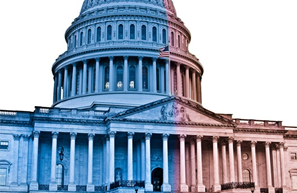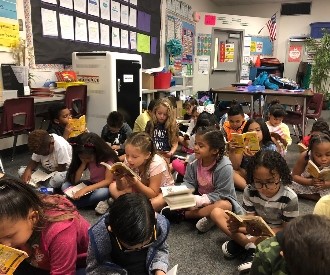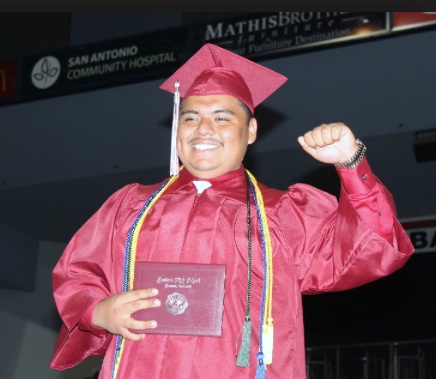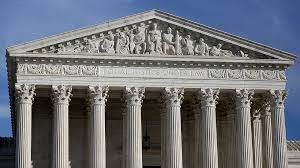Lisa Romero is an Professor of Education Policy and Leadership at California State University Sacramento
I often hear educators say that they hate politics and tune-out news from Capitol Hill. I always find that puzzling coming from the same people who say they care passionately about education. Soooo… here’s an example of why it matters.
There is an important policy showdown in Washington DC right now that educational leaders, aspiring leaders, or anyone who cares about education and particularly higher education, should be tuned in to. The $3.5 trillion Build-Back-Better legislation, sometimes referred to as the reconciliation bill, promises a lot of money, and a historic reshaping of the federal role in funding higher education. The current rendition of the bill includes the American College Promise plan which includes tuition-free community college, expanded Pell grants, and funding incentives (with strings attached) for college completion and retention. But these are only part of a wide-ranging bill that also includes funding for other important issues—for example, lowering health care and prescription drug costs, money for clean energy and climate change, and support for childcare, among others.
Without getting too far down in the federal policy and politics weeds, there is far from any guarantee that the bill will pass, at least without a substantial haircut. Republicans in the Senate are promising to block it, conservative Democratic Senators Joe Manchin (WV) and Kyrsten Simena (AZ) have made clear that they won’t vote for a bill with a dollar sign this big. This lays open the question, if the bill is cut, what is cut with it?

To understand more about the higher ed components of the bill and their potential implications to reshape the federal role in high education, listen to Inside Higher Education’s The Key Podcast: Reshaping the Federal Role in Higher Ed





